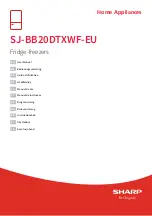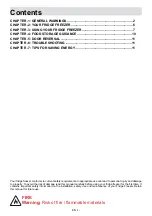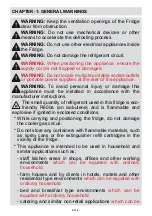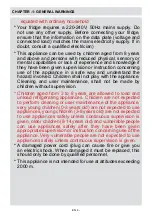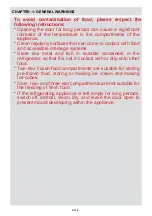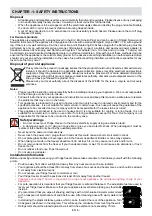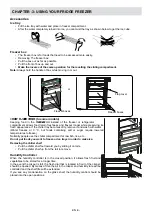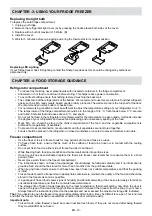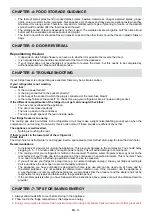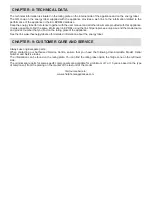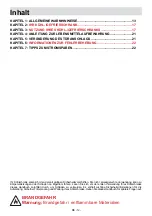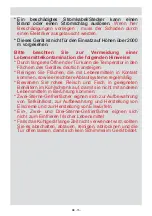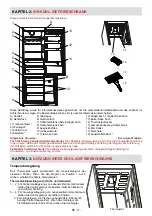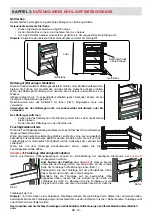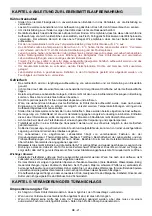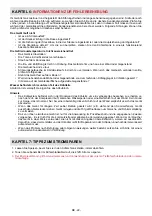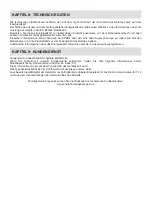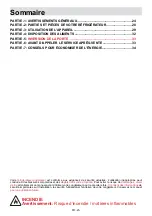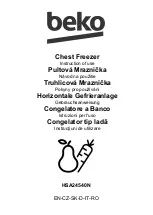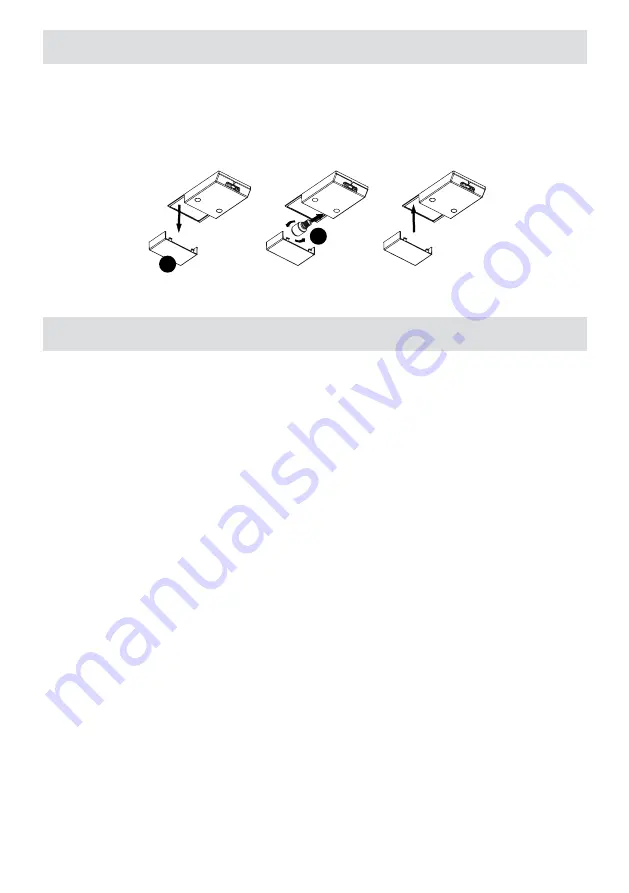
EN -10-
CHAPTER -3: USING YOUR FRIDGE FREEZER
Replacing the light bulb
To replace the bulb fridge compartment;
1. Unplug your fridge.
2. Remove the refrigerator light cover (A) by pressing the hooks placed both sides of the cover.
3. Replace with a bulb of maximum 15 Watts. (B)
4. Install the cover.
5. Wait for 5 minutes before re-plugging and bring the thermostat to its original position.
Replacing LED Lighting
If your fridge freezer has LED lighting contact the Sharp help desk as this should be changed by authorized
personnel only.
CHAPTER -4: FOOD STORAGE GUIDANCE
Refrigerator compartment
• To reduce frost build up never place liquids with unsealed containers in the fridge compartment.
• Allow warn or hot food to cool down before storing. This helps reduce power consumption.
• To avoid frost buildup ensure that nothing is stored touching the back wall.
• The coldest area of the refrigerator is at the bottom. We recommend to use this area to store food that will perish
easily, such as fish, ready meals, baked goods or dairy products. The warmest area is the top shelf of the door.
We recommend you store butter or cheese here.
• For normal working conditions, it will be sufficient to adjust the temperature setting of your refrigerator to +4 °C.
• The temperature of the fridge compartment should be in the range of 0-8 °C, fresh foods below 0 °C are iced
and rotted, bacterial load increases above 8 °C, and spoils.
• Do not put hot food in the refrigerator immediately, wait for the temperature to pass outside. Hot foods increase
the degree of your refrigerator and cause food poisoning and unnecessary spoiling of the food.
• Meat, fish, etc. should be store in the chiller compartment of the food, and the vegetable compartment is
preferred for vegetables. (if available)
• To prevent cross contamination, meat products and fruit vegetables are not stored together.
• Foods should be placed in the refrigerator in closed containers or covered to prevent moisture and odors.
Freezer compartment
• Use the freezer to store frozen foods for long periods of time and make ice cubes.
• To freeze fresh food - ensure that as much of the surface of food to be frozen is in contact with the cooling
surface.
• Do not put fresh food on either side of frozen food as it can thaw it.
• While freezing fresh foods(i.e meat,fish and mincemeat),divide into portion sizes.
• Once the unit has been defrosted replace the foods into freezer and remember to consume them in a short
period of time.
• Never place warm food in the freezer compartment.
• The instructions shown on frozen food packages should always be followed carefully and if no information is
provided food should not be stored for more than 3 months from the purchased date.
• When buying frozen foods ensure that these have been frozen at suitable temperatures and that the packing
is intact.
• Frozen foods should be transported in appropriate containers to maintain the quality of the food and should be
stored in the freezer as soon as possible.
• If a package of frozen food shows signs of humidity and abnormal swelling it has been previously stored at an
unsuitable temperature and that the contents have deteriorated.
• The storage life of frozen foods depends on the room temperature, thermostat setting, how often the door is
opened, the type of food and the length of time required to transport the product from the shop to your home.
Always follow the instructions printed on the package and never exceed the maximum storage life indicated.
That;
If you decide to open the freezer door again immediately after closing, it may be difficult to re-open. This is normal
and after the freezer has reached an equilibrium condition the door will open easily.
Important note:
• Frozen foods, when thawed, should be cooked just like fresh foods. If they are not cooked after being thawed
they must NEVER be re-frozen.
B
A

